SUITABILITY LEVEL: P5 & P6
RELATED SCIENCE TOPICS:
- Living Things
- Materials
- Man and His Environment
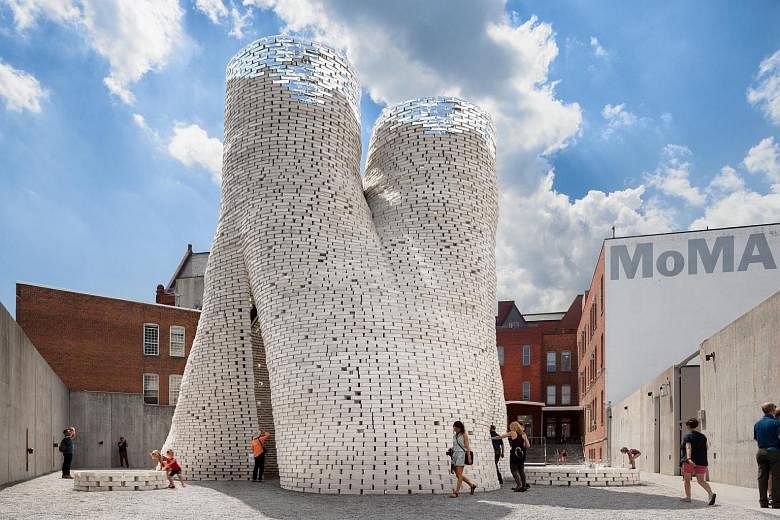
Image Source: https://www.straitstimes.com/singapore/environment/turning-fungi-into-bricks-for-construction
Imagine a house built using materials obtained from fungi. Yes! This is not science fiction.
Researchers in Singapore and Switzerland are studying the use of a certain part of the fungi all of us are not familiar with.
As we all know, fungi are food consumers. They are not plants thus they do not make their own food. They obtain nutrients mostly from decaying matter through the help of this part of the fungi that we never get to see as they are found beneath the decaying matter.
This part we are referring to is known as mycelium, a vast underground network of thread-like mass of what look like roots of the fungi. The length of mycelium is measured in kilometres.
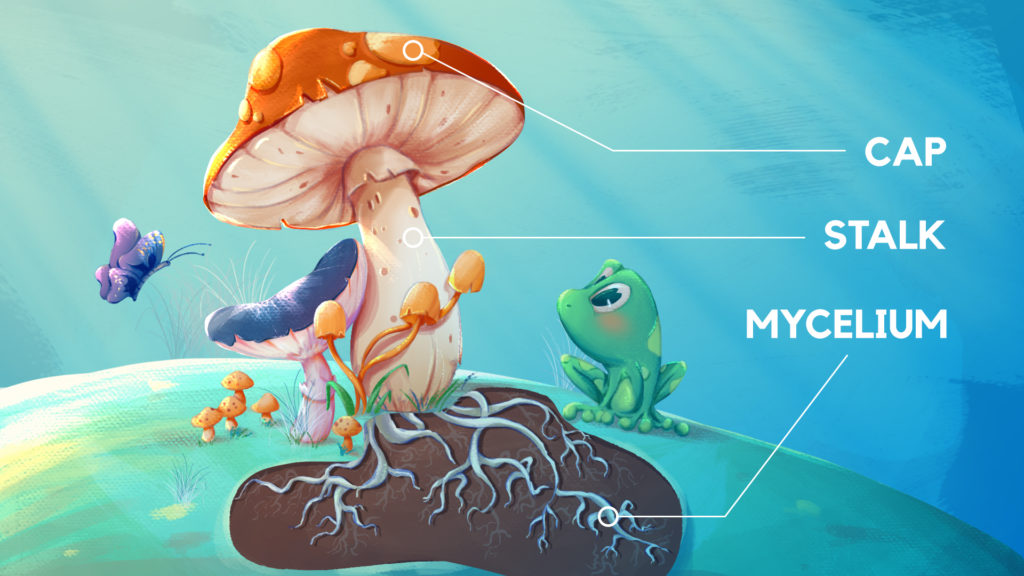
When grown (cultured) in the laboratory using sawdust as the base, the mass of mycelium looks like white fluff. Do not be deceived by its delicate look. The branching threads are made of substances such as chitin and cellulose that are known for their strength and durability.
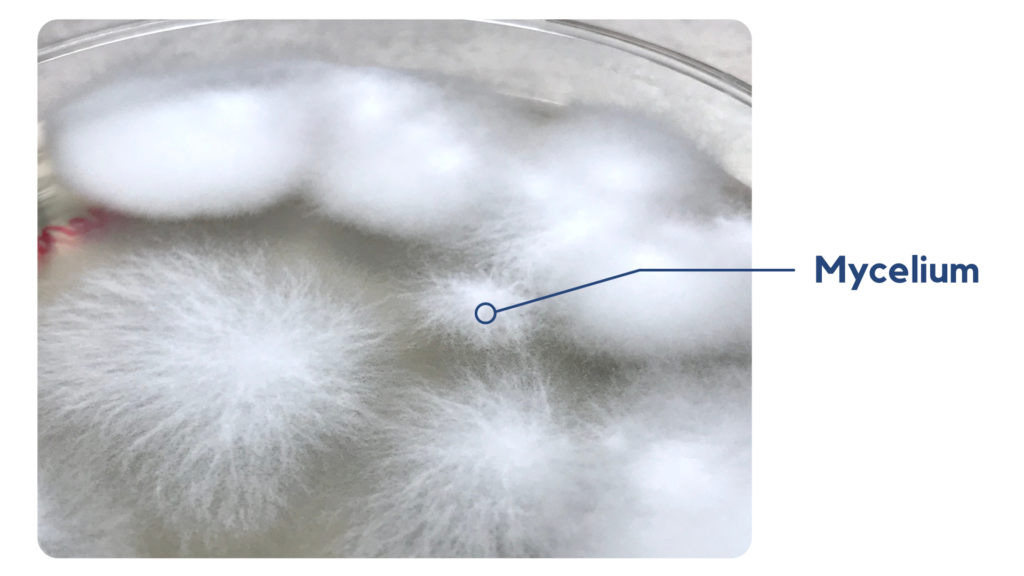
To grow mycelium, plant-based waste such as sawdust, bamboo or coffee grounds is required as a medium.
When fungus is grown on a bed of sawdust, the mycelium branches out and meanders through the fragment of waste, binding them together. This takes about three to four weeks. The mycelium gets thicker over time and acts like a glue to fuse the materials together into a mass. The mass is then cast into a mould to be shaped into a brick that is known as a ‘mushroom brick’.
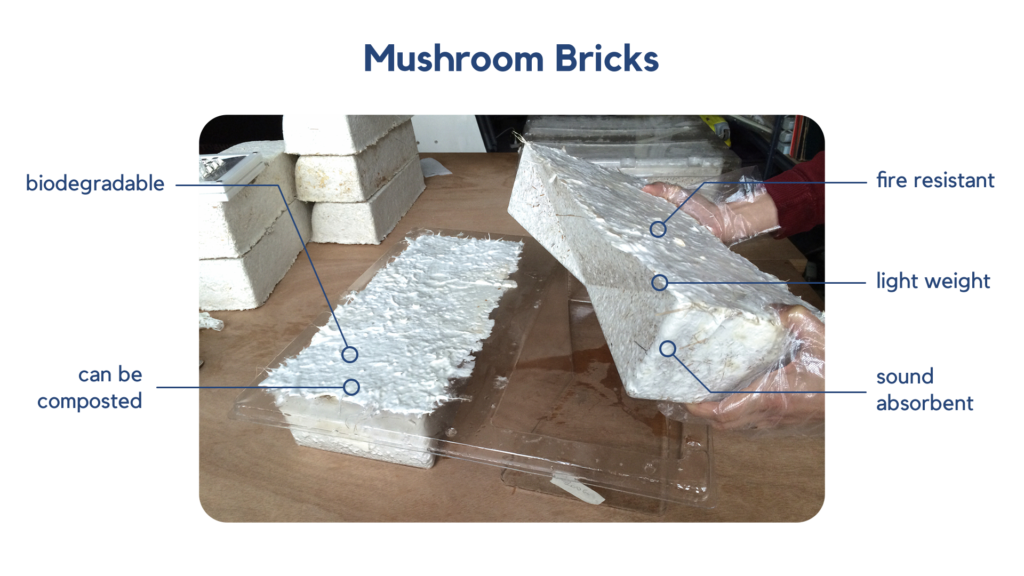
How well mycelium can grow depends on the specie of the fungi, the type of plant-based waste used, temperature and humidity level. Different species of fungi produce different quality mycelium as the amount of chitin and cellulose produced varies with different species of fungi.
On an environmental front, mycelium-based mushroom blocks are eco-friendly materials for building and construction. It has been estimated that a large portion of carbon emission comes from the manufacturing of building materials and products such as glass, cement and steel.
Even though mushroom bricks are not as strong as steel. This shortfall can to a certain extent be mitigated using intelligent geometry and structural shape.
Let’s hope that soon, mushroom bricks will become one of the more popular options in the adoption of materials to be used in producing packaging materials such as boxes and food containers and more ambitiously for building and construction.

Image Source: http://www.braindrop.nl/latest-blog-posts/pilot-growing-pavilion/
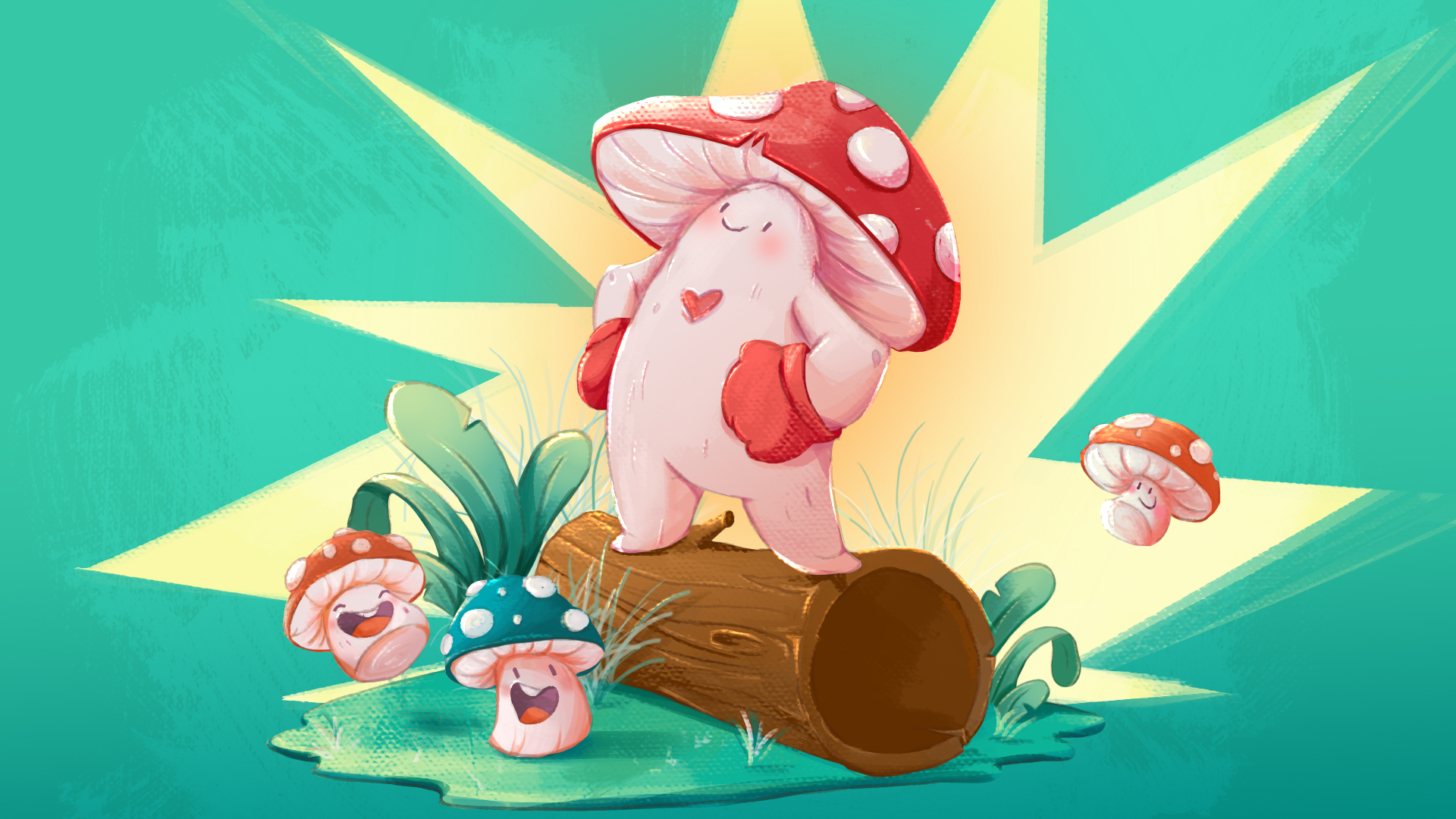

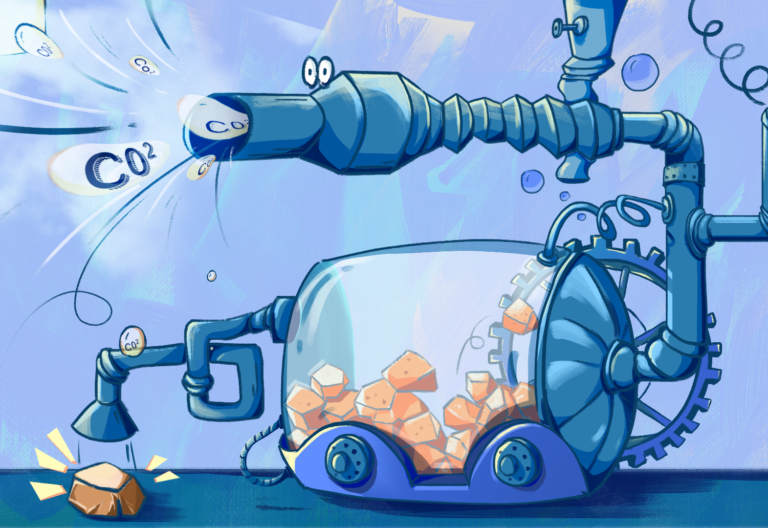
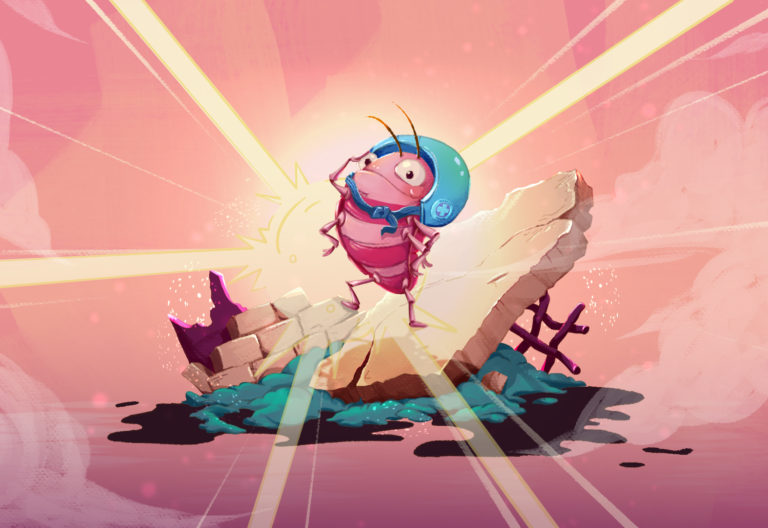
Leave a Reply